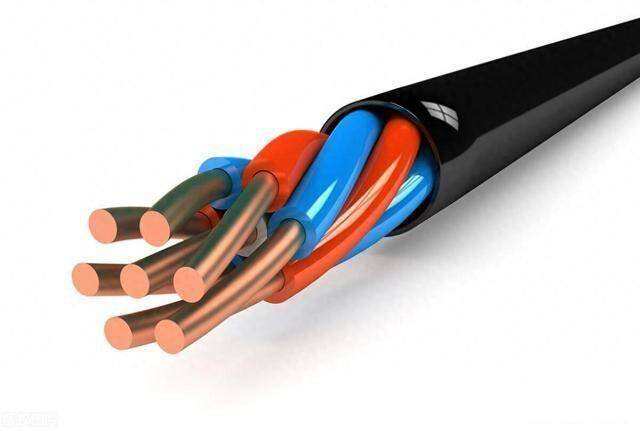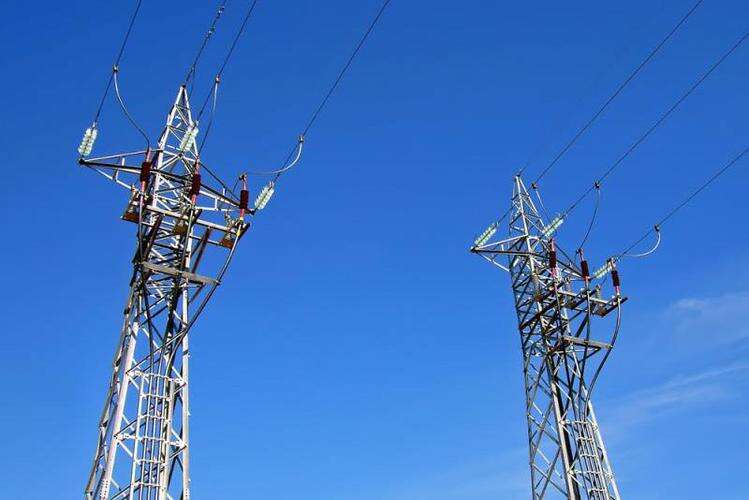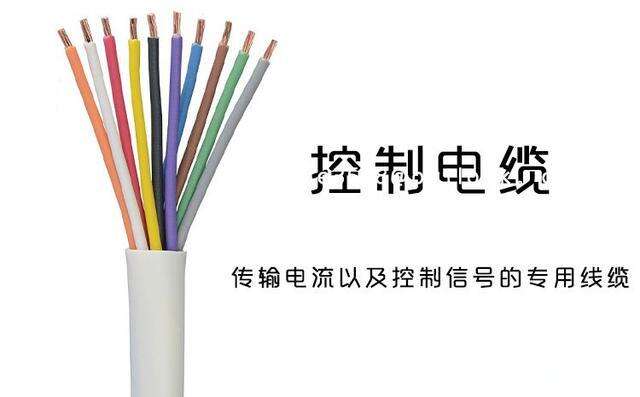Control cables find extensive applications in numerous sectors due to their ability to transmit control signals and monitor operations. In industrial automation, they connect sensors, controllers, and actuators in manufacturing plants, facilitating precise control of machinery. In building management systems, control cables are used for lighting, heating, ventilation, and air conditioning (HVAC) control, ensuring seamless operation of intelligent buildings. They play a crucial role in power distribution networks, enabling remote control and monitoring of switchgear and transformers. In the automotive industry, control cables are integrated into vehicle electronics for functions like engine management and safety systems. Additionally, they are applied in renewable energy projects, such as wind farms and solar power plants, to control and monitor energy generation and distribution. Their versatility extends to marine and aerospace sectors, where they withstand harsh conditions while maintaining signal integrity.


